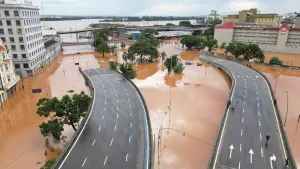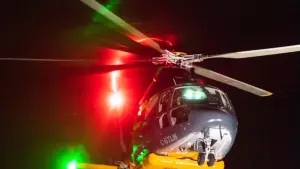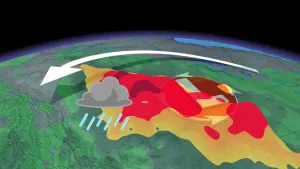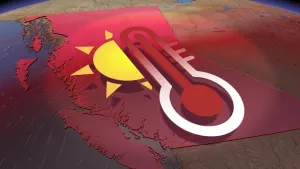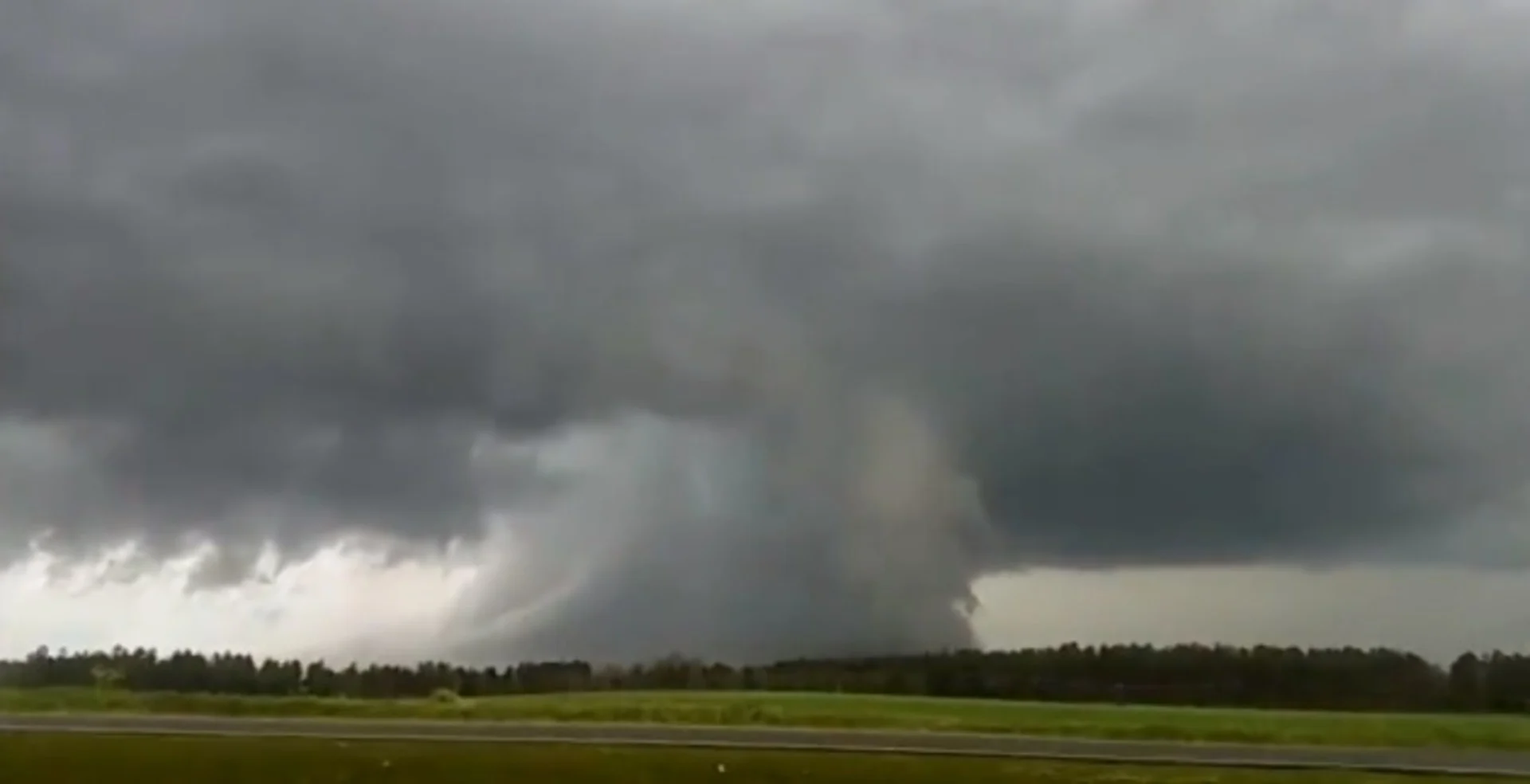
Storm spotters are the missing link in severe weather safety
Storm spotting may be a dangerous pursuit, but the information it provides plays a key role in keeping people safe.
Thanks to advances in satellite, meteorologists are able to keep a close watch on storms from the top down, and advanced radar technology gives us a pretty good idea of what's going on in a section of the storm. But we need 'eyes on the ground' to provide data for that missing piece -- what's going on between the bottom of the cloud and the surface.
SEE ALSO: What makes people heed a severe weather warning (or not)
The U.S. National Weather Service calls storm spotters a 'vital' part of the warning and information process. "Trained spotters learn about the physical structure of severe storms and how to identify the most likely areas for severe weather development. They also learn about visual clues that may precede tornado development and learn to distinguish between real tornadoes and look-alikes. These types of details, when coupled with NWS forecasters’ expert radar interpretation, lead to better warnings and statements."
The ambitious Northern Tornadoes Project, which aims to capture every tornado in Canada in 2019, also makes use of these kinds of crowd-sourced photos and reports to help track down elusive twisters in parts of the country less-covered by our radar network.






